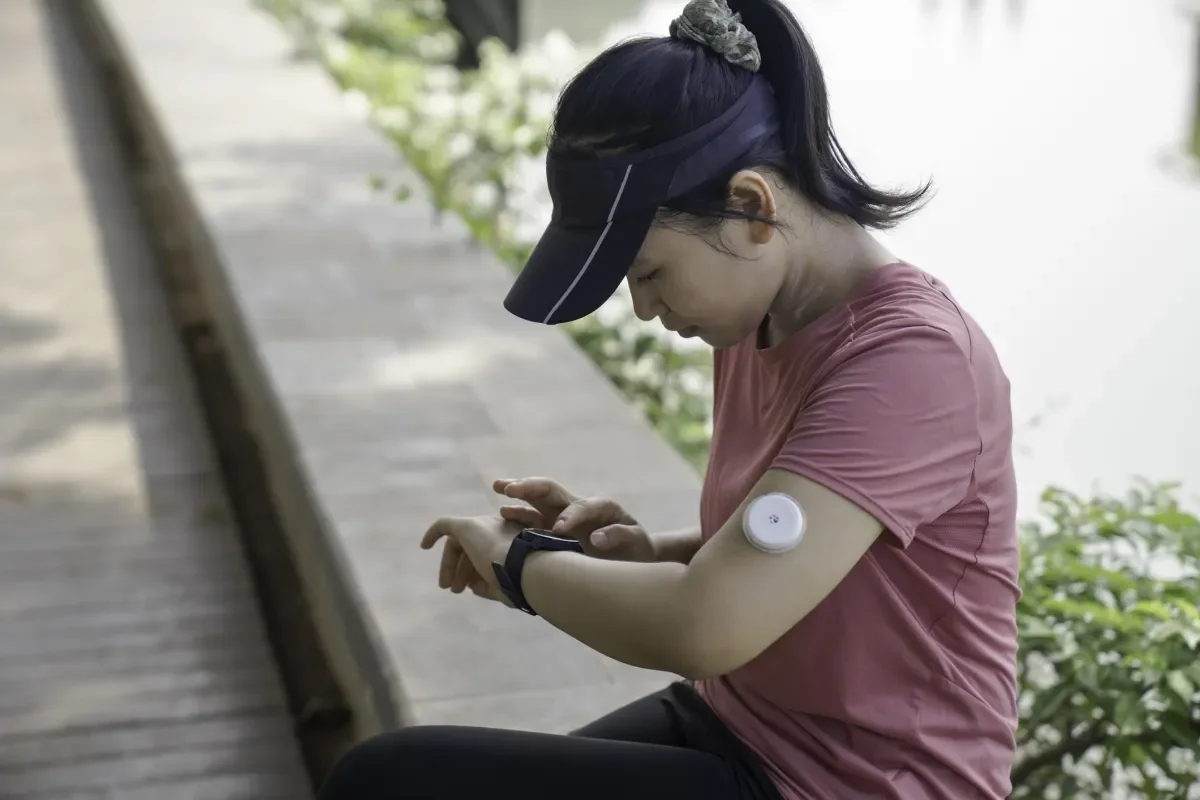
Polymer-based nanocomposites applied as wearable bioelectronics, sophisticated electronic systems designed to be worn on or integrated with the human body to monitor, can be used to diagnose, or treat various physiological conditions. These devices have been demonstrated as effectively measuring touch, joint movement, muscular flexation, respiration, heart function, wound monitoring, and skin temperature all as a function of time.
Overcoming commercial boundaries has been a challenge for all aspects of nanotechnology. One way to bring nanotechnologies forward is to demonstrate standardized reporting across several key research areas, such as material characterization, energy storage, clean energy harvesting, nano–bio and mechanical reinforcement. One field that would benefit standardisation is the study of polymer-based nanocomposites applied as wearable bioelectronics. For these devices, they have been demonstrated as effectively measuring touch, joint movement, muscular flexation, respiration, heart function, wound monitoring, and skin temperature all as a function of time.
Taking the the three most cited papers on nanocomposite bioelectronics in 2024 according to Scopus as an example, a situation similar to that faced by Goldilocks presents itself. Our three bowls of porridge (or studies) seem very similar as they all perform similar measurements. So, by what means can we discern between the different porridge? A figure of merit is required. Where Goldilocks used temperature, readers can use the industry standard sensitivity metric for wearable bioelectronics, the gauge factor (G). However, herein lies the paradox: all three of these studies report G differently. It begs the question: which study reported G correctly? Surprisingly, the answer is that none of them have.
In essence readers are denied the ability to perform basic comparative analysis on such studies, as a standard for reporting is lacking. Most damaging is that this lack of standardized reporting has a cascade effect, as it sets a bad precedent in which one would go about analyzing their work. As such, the misreporting of G goes far beyond these three examples and is an issue that has become fieldwide. The culmination of this misreporting is the dissemination of wildly inaccurate values that have no research value, which have distorted editorial and the reader's view of the state-of-the-art.
Most challenging though, is the limitations misreporting places upon researcher's ability to develop models that facilitate an understanding of the electromechanical mechanisms in nanocomposites, which control performance. Such models would broadly be invaluable tools in developing modes in which properties can be optimized to better fit their application.
Dr Boland and his group’s systematic review of 239 recent publications reveals, only around 19.6% of studies correctly report the gauge factor (G), a critical figure of merit in strain-sensing wearable devices.
The research involved a meticulous reanalysis of reported data across hundreds of publications, identifying trends, quantifying discrepancies, and establishing a statistically significant relationship between the gauge factor and the material's working strain range, the range of strain (deformation) that a material can undergo repeatedly during normal operation without experiencing fatigue failure or permanent damage.
Crucially, this analysis lays the groundwork for standardised benchmarking in future studies. The work serves as a call to action for journals, researchers, and industry stakeholders to adopt uniform reporting practices, ensuring that the field moves forward toward commercial viability through sound scientific analysis. Dr Boland’s group have produced a series of models and metrics that tie into the standard industry metric, thus simplifying the comparison of studies in the field.
The current revelation forms part of the ongoing work Dr Boland’s group has undertaken in conjunction with the DCU RAPID Institute. The study is based on models and metrics my group produced that tie into the industry standard metric gauge factor.







